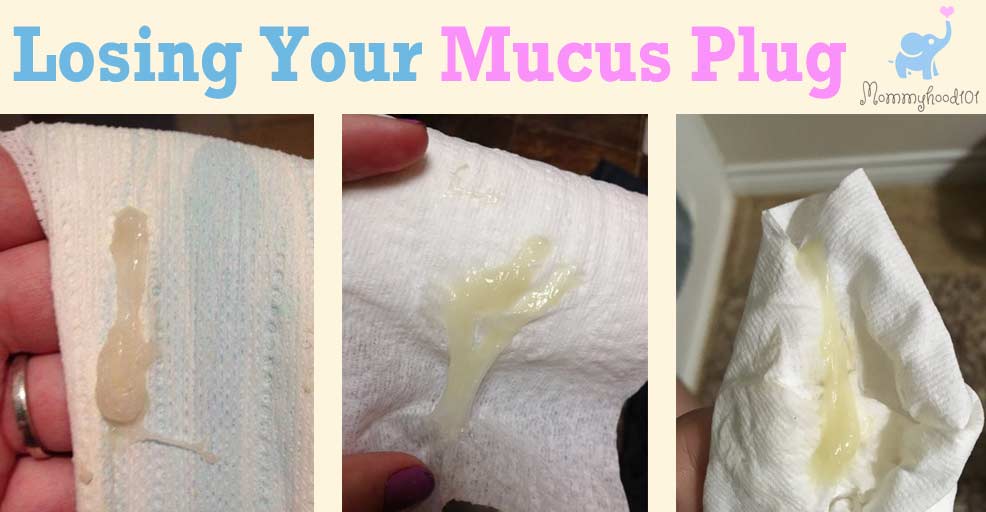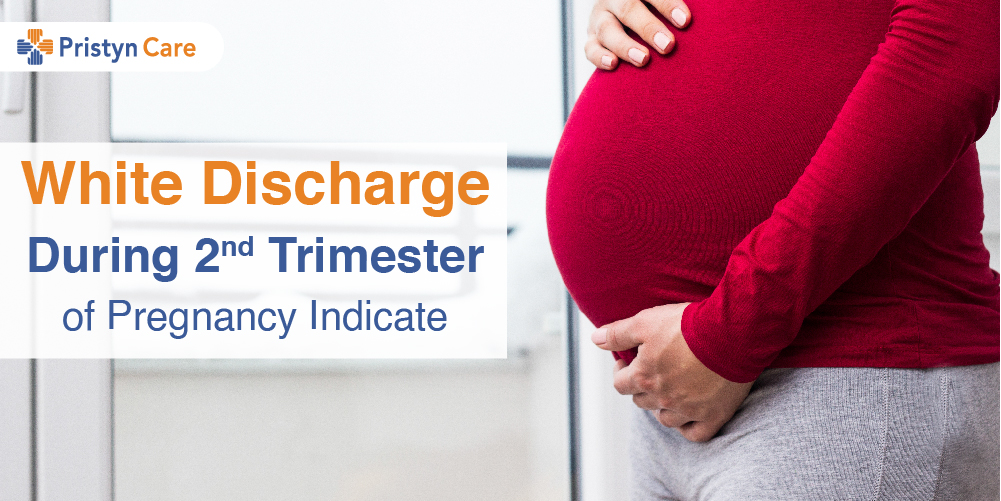White Discharge Pregnancy Third Trimester - It serves the purpose of protecting the birth canal. Spotting is red, dark brown, or pink blood. In the first trimester, spotting may occur due to implantation bleeding, miscarriage, and ectopic pregnancy. Watery discharge is a completely normal part of pregnancy, and it typically gets heavier as your pregnancy progresses. The white discharge, also known as leukorrhea, is usually thin, milky, and odorless.
In the first trimester, spotting may occur due to implantation bleeding, miscarriage, and ectopic pregnancy. It serves the purpose of protecting the birth canal. The white discharge, also known as leukorrhea, is usually thin, milky, and odorless. Spotting is red, dark brown, or pink blood. Watery discharge is a completely normal part of pregnancy, and it typically gets heavier as your pregnancy progresses.
Spotting is red, dark brown, or pink blood. Watery discharge is a completely normal part of pregnancy, and it typically gets heavier as your pregnancy progresses. The white discharge, also known as leukorrhea, is usually thin, milky, and odorless. In the first trimester, spotting may occur due to implantation bleeding, miscarriage, and ectopic pregnancy. It serves the purpose of protecting the birth canal.
Causes for White discharge during pregnancy in second trimester YouTube
In the first trimester, spotting may occur due to implantation bleeding, miscarriage, and ectopic pregnancy. The white discharge, also known as leukorrhea, is usually thin, milky, and odorless. It serves the purpose of protecting the birth canal. Spotting is red, dark brown, or pink blood. Watery discharge is a completely normal part of pregnancy, and it typically gets heavier as.
How To Deal With White Discharge During Pregnancy CK Birla Hospital
Watery discharge is a completely normal part of pregnancy, and it typically gets heavier as your pregnancy progresses. Spotting is red, dark brown, or pink blood. In the first trimester, spotting may occur due to implantation bleeding, miscarriage, and ectopic pregnancy. It serves the purpose of protecting the birth canal. The white discharge, also known as leukorrhea, is usually thin,.
Is White Discharge an Early sign of Pregnancy? Pregnancy signs, Early
In the first trimester, spotting may occur due to implantation bleeding, miscarriage, and ectopic pregnancy. It serves the purpose of protecting the birth canal. The white discharge, also known as leukorrhea, is usually thin, milky, and odorless. Spotting is red, dark brown, or pink blood. Watery discharge is a completely normal part of pregnancy, and it typically gets heavier as.
Third Trimester Vaginal Bleeding YouTube
Watery discharge is a completely normal part of pregnancy, and it typically gets heavier as your pregnancy progresses. It serves the purpose of protecting the birth canal. The white discharge, also known as leukorrhea, is usually thin, milky, and odorless. In the first trimester, spotting may occur due to implantation bleeding, miscarriage, and ectopic pregnancy. Spotting is red, dark brown,.
The Third Trimester of Pregnancy What to Expect Mommyhood101
Watery discharge is a completely normal part of pregnancy, and it typically gets heavier as your pregnancy progresses. Spotting is red, dark brown, or pink blood. In the first trimester, spotting may occur due to implantation bleeding, miscarriage, and ectopic pregnancy. It serves the purpose of protecting the birth canal. The white discharge, also known as leukorrhea, is usually thin,.
What does White Discharge during Second Trimester of Pregnancy Indicate
The white discharge, also known as leukorrhea, is usually thin, milky, and odorless. Watery discharge is a completely normal part of pregnancy, and it typically gets heavier as your pregnancy progresses. Spotting is red, dark brown, or pink blood. It serves the purpose of protecting the birth canal. In the first trimester, spotting may occur due to implantation bleeding, miscarriage,.
Is White Discharge Before Period Sign of Pregnancy? 5 Best Causes of
The white discharge, also known as leukorrhea, is usually thin, milky, and odorless. Watery discharge is a completely normal part of pregnancy, and it typically gets heavier as your pregnancy progresses. Spotting is red, dark brown, or pink blood. In the first trimester, spotting may occur due to implantation bleeding, miscarriage, and ectopic pregnancy. It serves the purpose of protecting.
Pin on Healthy Tips For Pregnancy
The white discharge, also known as leukorrhea, is usually thin, milky, and odorless. Watery discharge is a completely normal part of pregnancy, and it typically gets heavier as your pregnancy progresses. It serves the purpose of protecting the birth canal. In the first trimester, spotting may occur due to implantation bleeding, miscarriage, and ectopic pregnancy. Spotting is red, dark brown,.
Is white discharge normal during 3rd trimester? YouTube
It serves the purpose of protecting the birth canal. The white discharge, also known as leukorrhea, is usually thin, milky, and odorless. Spotting is red, dark brown, or pink blood. In the first trimester, spotting may occur due to implantation bleeding, miscarriage, and ectopic pregnancy. Watery discharge is a completely normal part of pregnancy, and it typically gets heavier as.
Discharge in 3rd Trimester BabyCenter
In the first trimester, spotting may occur due to implantation bleeding, miscarriage, and ectopic pregnancy. Watery discharge is a completely normal part of pregnancy, and it typically gets heavier as your pregnancy progresses. Spotting is red, dark brown, or pink blood. It serves the purpose of protecting the birth canal. The white discharge, also known as leukorrhea, is usually thin,.
Watery Discharge Is A Completely Normal Part Of Pregnancy, And It Typically Gets Heavier As Your Pregnancy Progresses.
The white discharge, also known as leukorrhea, is usually thin, milky, and odorless. Spotting is red, dark brown, or pink blood. It serves the purpose of protecting the birth canal. In the first trimester, spotting may occur due to implantation bleeding, miscarriage, and ectopic pregnancy.









